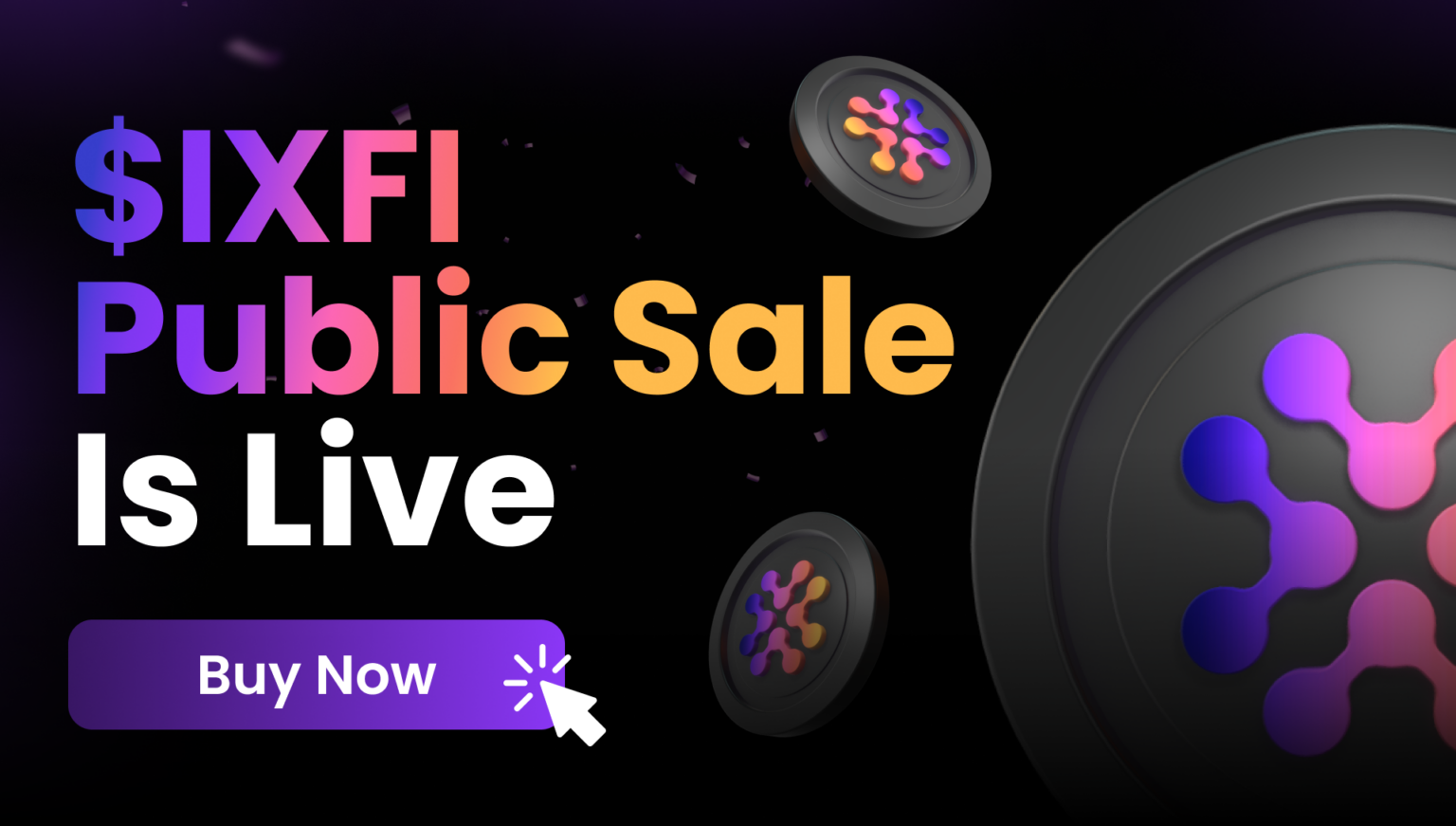Such instruments are tied to the price of a specific asset, index, or commodity — and throughout this contract — the particular risk is traded on financial markets. Those are backed by a basket of items, such as precious metals, natural gas, currencies, indexes, and so on. Derivatives are the oldest type of financial contract, and they’re still used today.
The value of a financial instrument oscillates depending on the asset’s value it covers. Derivatives have many use cases: from risk management to arbitrage and speculative risk. These contracts allow parties to profit from specific financial risks, such as the interest rate, currency risk, commodity and equity volatility, credit risk, and so on. This is possible thanks to other more willing parties to retrieve the risk without exposure to the so-called asset or commodity. In addition, the risk of a derivative contract can be traded by the contract itself, such as options or futures.
What types of derivative contracts are there?
For example, the crypto market is known for its high volatility, making it riskier than ETF’s or equity markets. However, this kind of volatility is the perfect calling for an expert trader to transact and make money, regardless of price evolution: whether it’s up or down. If the trader has a plan and respects it, profitability shall follow. In this article, we look at the most common types of derivative contracts.
These are:
· options
· futures
There are more derivative contracts, but for now, we’ll focus on these. You might have already heard of ‘futures’ from ads you encounter on the internet.
Options: Nowadays, they’re widespread, and you can encounter them on almost any trading platform, thanks to the growing interest from the crypto community. When it comes to option contracts, the buyer of the option, in exchange for an option premium, receives from the issuer the right to buy (call option) or sell (put option) a specified currency at an agreed contract price — at or before a specified date.
Futures: Futures contracts involve the act of selling or buying the currency on the spot, and at the same time, a commitment to sell or buy the same coins. These futures contracts involve a commitment to trade in certain currencies, at an agreed exchange rate, in a specified amount.
Both contracts give the trader exposure to the underlying asset in order to simplify things. One significant difference between options and futures is that while either party in a futures contract is a potential debtor, the buyer acquires an asset and the issuer of the option bears liability for that asset. However, the option may expire without value; the option is settled only if the contract’s settlement is advantageous for the buyer. The buyer can make unlimited gains, and the option issuer can incur unlimited losses.
Why would you use derivative contracts?
As stated above, most market participants are here to make a profit. Traders can do so because of the high volatility, and derivative contracts are used to cover the risk or speculate the asset’s coming price. Using derivatives in the crypto markets has its benefits and disadvantages. Some of these contracts can reduce the price volatility over a more extended period.
Derivatives can help traders reduce risk exposure by conforming to a mutually settled contract at the exchange’s base rate. Traders can also use products to protect themselves from potential losses and cryptocurrency price fluctuations. When used accordingly, a decrease in an asset’s price can be morphed into profit if one traded short contracts or put options.
Among other things, traders can use these derivative contracts to enter the crypto market without actually owning cryptocurrencies. This way, traders are open to more complicated and sophisticated trading strategies that bring income when they know what they are doing.
Disadvantages include the impossibility of correctly calculating the risks. Whenever someone trades with these derivatives, they have to use other applications to have a broader perspective because the sophisticated and complicated design of how these transactions are made no longer allows an overall vision. If traders are not adequately interested in the basis of derivative currencies, they risk miscalculating strategies and losing. Ultimately, long-term risks are prevented if we use derivatives contracts accordingly. Still, there’s plenty of room to be cautious: short-term price movements can lead to a substantial loss if the risk is not appropriately managed.
So, before you make a decision, be sure that you really understand how crypto derivative contracts work.
And if you want to put your knowledge into practice, you can trust your Friendly Crypto Exchange, IXFI, to bring you the best trading experience. Start your journey today.
Disclaimer: The content of this article is not investment advice and does not constitute an offer or solicitation to offer or recommendation of any investment product. It is for general purposes only and does not take into account your individual needs, investment objectives and specific financial and fiscal circumstances.
Although the material contained in this article was prepared based on information from public and private sources that IXFI believes to be reliable, no representation, warranty or undertaking, stated or implied, is given as to the accuracy of the information contained herein, and IXFI expressly disclaims any liability for the accuracy and completeness of the information contained in this article.
Investment involves risk; any ideas or strategies discussed herein should therefore not be undertaken by any individual without prior consultation with a financial professional for the purpose of assessing whether the ideas or strategies that are discussed are suitable to you based on your own personal financial and fiscal objectives, needs and risk tolerance. IXFI expressly disclaims any liability or loss incurred by any person who acts on the information, ideas or strategies discussed herein.




